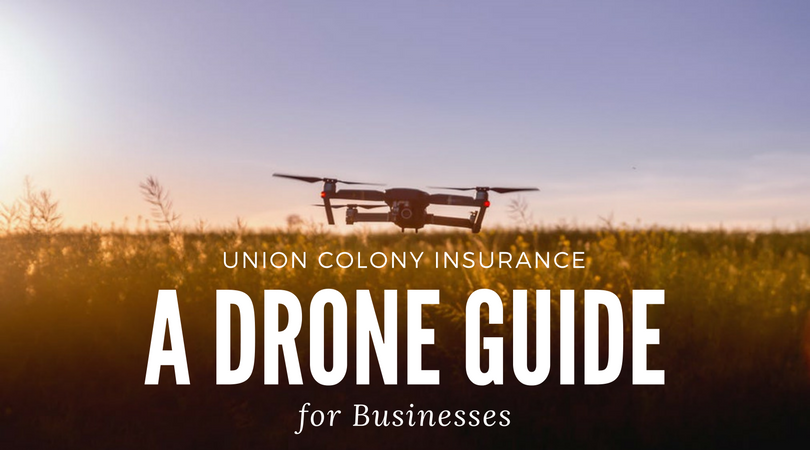
A Drone Guide for Businesses

| 674 Words | 5 min Read | J.Figgs |
It is expected that there will be 7 million drones in the U.S. by the year 2020. Drones are not only expanding in popularity during Christmas time but also in specific commercial industries. And we can see why after watching this drone footage video:
[youtube https://www.youtube.com/watch?v=P89iKC2Izu4&w=760&h=515]
How cool are these sweeping video shots? It’s a new perspective of familiar landscapes. If you are thinking about using a drone for commercial use, know the regulations before taking flight!
How are Drones Used Commercially?
The use of drones has exploded over the last couple of years. In fact, last Christmas, 37,000 drones were registered with the FAA. But drones are not only exploding in private use. Businesses are increasing their usage too. Photographers are the largest industry to use drones, followed by Real Estate. Many more industries are experimenting with how they too can utilize drones.
Examples of Commercial Drone Use:
- Farmers Inspecting a field of crops
- Real Estate Agents Inspecting Properties
- Professional Photography & Wedding Photography
- Managers Keeping Tabs on Field Workers
How are Drones Used for Insurance?
Insurance is another industry utilizing drones. How?
- Property Photos: We as an insurance agent/agency utilize Google Earth to know the location, approximate layout of the buildings, and the size of properties. On top of that, we often drive to the property and take as many photos as possible. Drones may pave the way to get a clearer idea of the size, scope, and layout of the land, as photos from the drone can help underwriters write up accurate insurance policies.
- Damage Inspection: Was your house hailed on this summer? Did you get on the roof to inspect damage or did you avoid it? Drones will be used more to inspect roof damage by insurance agencies as well as damage to large structures like warehouses. They will quickly become a safer alternative to inspecting roof damage.
- Scene of the Incident: In the future, to avoid insurance fraud, agencies may send a drone to inspect the scene of a vehicle accident and take photos and footage instead of relying on the witness accounts.
- Post-Disaster: After an earthquake or flood, it may be too hard for adjusters to reach the area to access home/property damages. Drones can go where they cannot.
What are the Regulations for Drone Commercial Use?
Please understand that drone usage for commercial business is much more stringent than personal use. Please see the list for details:
- Operator must be under 16 years old.
- Must pass and possess proper testing and certificates.
- Drones must weigh less than 55 lbs.
- Drone must be registered with registration number marked on it.
- Operator must visually check the drone before flight.
- Drone must fly under 400 feet above ground level, or if flying at an altitude higher than 400 feet, stay a minimum of 400 feet away from structures.
- Operator must keep the drone within visual line of sight, either by the remote pilot operator or by a visual observer.
- Drone must fly during daylight hours or civil twilight hours (30 minutes before official sunrise to 30 minutes after official sunset, local time) with appropriate anti-collision lighting.
- Drone must fly at or below 100 mph.
- Must yield right of way to manned aircraft.
- Do not fly drone over people.
- Do not fly from a moving vehicle unless you are in a sparsely populated area.
- Drone can have cargo if it is secured and will not affect the flight and operation of drone.
What are Drone Regulations for Personal Use?
- Must register drone (usually an online process).
- Drone must be less than 55 lbs.
- Pilot must be at least 13 years old.
- Drone must not go over 100 mph and fly higher than 400 feet above ground level.
- Must keep a visual line of sight on it.
- Must operate at least 5 miles away from an airport.
- Do not fly drone over people.
- Do not fly drone from a moving vehicle.
Have you shot awesome photos of videos from drones? We would love for you to share with us!
Sources:
http://fortune.com/2017/01/06/drones-registrations-soaring-faa/
https://www.thebalance.com/how-drones-change-insurance-industry-4125242
http://knowbeforeyoufly.org/for-business-users/
https://www.genesisinsurance.com/assets/pdfs/In%20the%20News/InsightsPart1071608.pdf
http://media.genre.com/documents/cm1611-en.pdf

Categories: Blog
